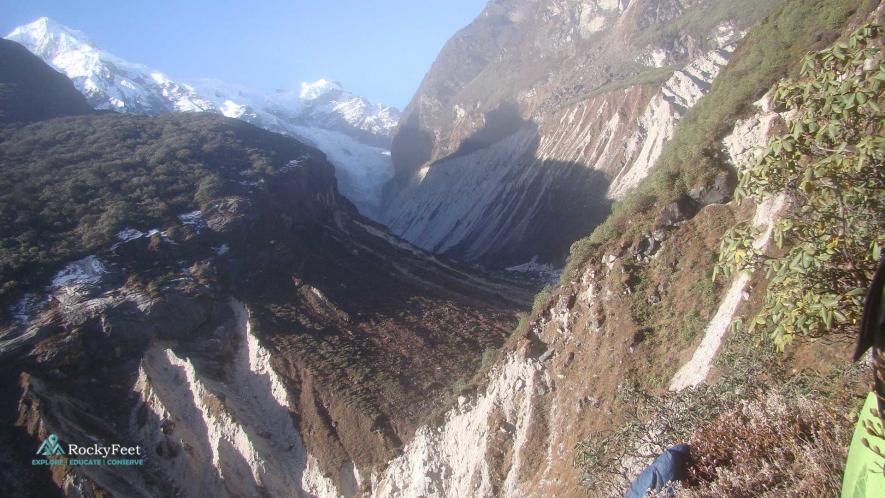Dzongu Will Not Be Dammed

Image Courtesy: RockyFeet
A Special Gram Sabha of Lingdong Barfuk, Lower Dzongu on March 20 rejected the proposed National Hydroelectric Power Corporation’s (NHPC) Teesta IV Hydroelectric Project (HEP). The proposed dam would be located in Dzongu, North Sikkim. Dzongu is an area in Sikkim where only members of the Lepcha community can own property. This has been the practice from the time Sikkim was an independent kingdom. When Dzongu was first notified to be reserved solely for the Lepchas, it was designated to be under the direct administrative control of the Gyalmo (Queen). This was to ensure that the King who handled other administrative matters would not get swayed by the feudal lords. This non-interference by the general administration has continued even after the ‘merger’.
The recently concluded Gram Sabha also rejected the resolution adopted by the Gram Sabha in October 2016. At the time, they assumed that the 2015 Gram Sabha was merely an awareness program on the Forest Rights Act. They did not realise that it was in fact to seek the community approval for the Teesta IV HEP. They also stated that no more Social Impact Assessments or any further reports need to be submitted as they have rejected the proposed dam altogether.
Interestingly the next day, the Chairman and Managing Director of the NHPC, Balraj Joshi met the Chief Minister of Sikkim, Pawan Chamling in Delhi. He requested support from the CM to complete the Social Impact Assessment. The CM assured him that all support would be given regarding any clearances and the timely implementation of the project. Apparently being ecologically conscious is limited only to organic produce.
In 2013, the Standing Committee of the National Board for Wildlife (SC-NBWL) under the Ministry of Environment and Forests (MoEF) had constituted a 4-member site inspection team. In its final report the team noted that there was widespread destruction to the fragile environment. The dam would be located barely 4 km from the Fambonglho Wildlife Sanctuary. However, the Supreme Court had directed in Goa Foundation v. Union of India that all cases where the project had received environmental clearances but was located within 10 km from an ecologically sensitive area and should be referred to the SC-NBWL. The team also noted several migratory fish species that would be affected, as well fishing cats and other flora and fauna.
The committee recommended that all the HEPs should be assessed together rather than on an individual basis, considering the ecological fragility of Sikkim’s environment. They also directed the MoEF to write to the Government of Sikkim and obtain information on all the HEPs being constructed in Sikkim in violation of the Supreme Court’s Order in Goa Foundation. If the projects do violate the Order, the team recommended that the all construction be stopped until a final clearance from the SC-NBWL is obtained.
Get the latest reports & analysis with people's perspective on Protests, movements & deep analytical videos, discussions of the current affairs in your Telegram app. Subscribe to NewsClick's Telegram channel & get Real-Time updates on stories, as they get published on our website.
























